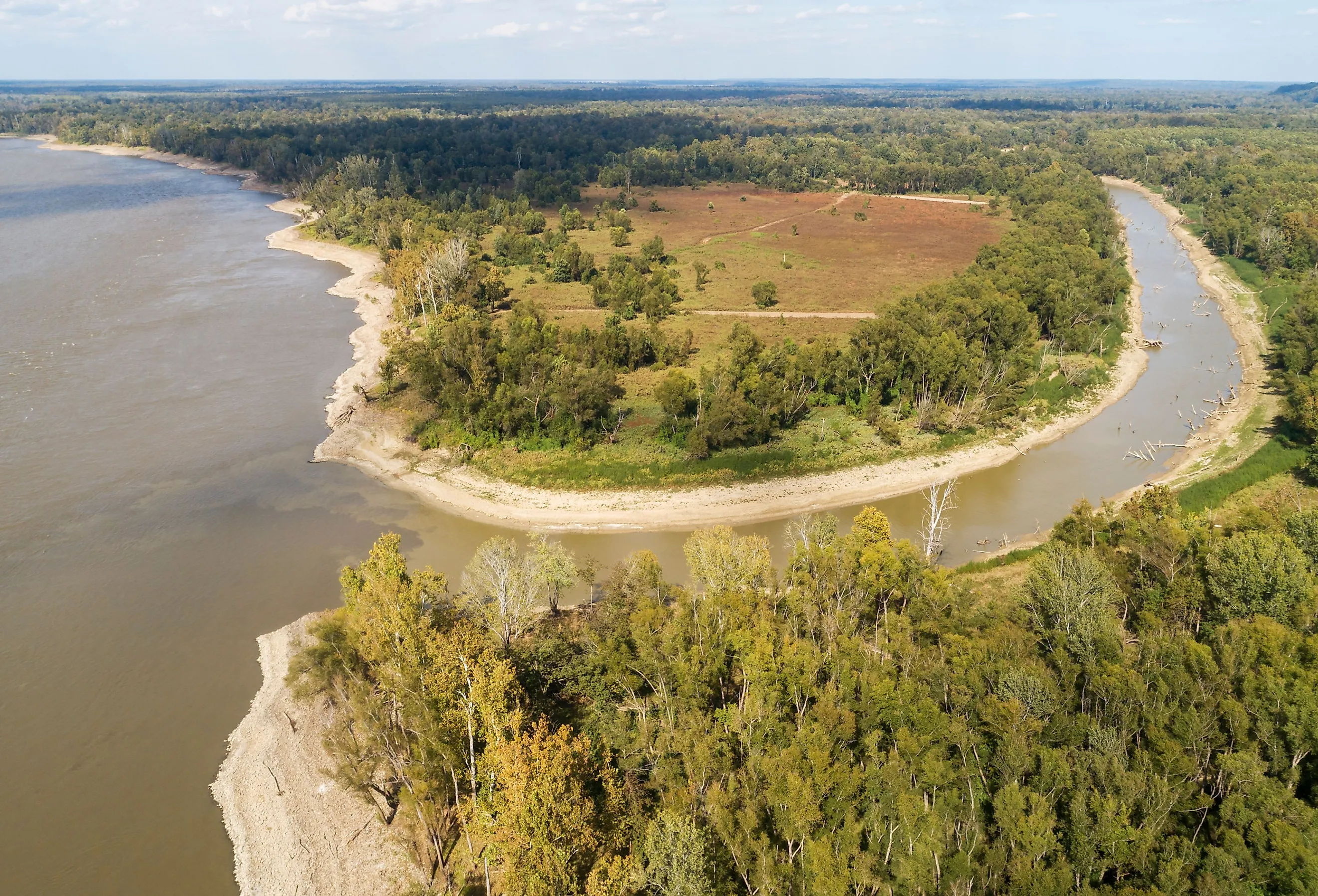
Big Black River
The Big Black River is an American river in Mississippi and a tributary of the Mississippi River. It stretches 330 miles and is entirely within the state of Mississippi. The Big Black River has a drainage basin of 3,400 square miles, averages 22 miles in width, and discharges an average of 3,825 cubic feet of water per second. The river is important to the Civil War history of the region.
Source and Course
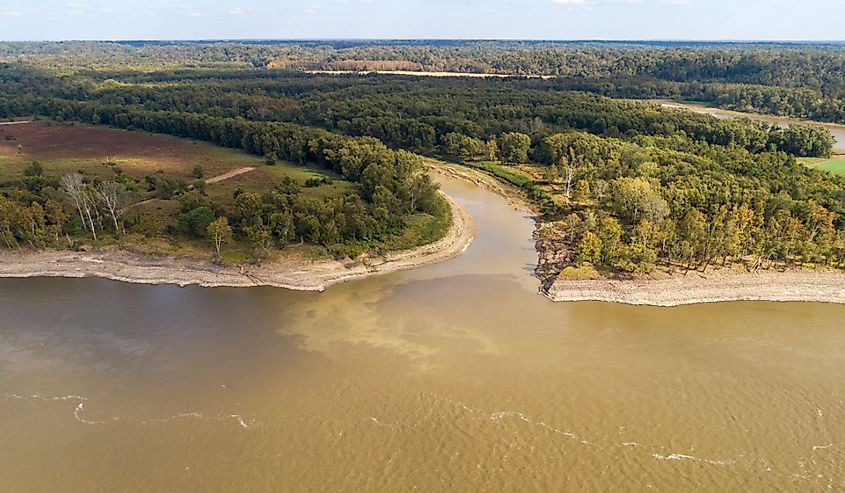
The source of the Big Black River beings in Webster County, Mississippi in the northeast part of the state, close to the town of Europa. The Big Black River then flows to the southwest through Mississippi. The river forms part of the northern border of Choctaw County, then passes through Montgomery County before forming the eastern border of Holmes County. From there, the river hugs the northern border of Claiborne County. Then 25 miles to the south of Vicksburg, Mississippi, the Big Black River feeds into the Mississippi River. The closest settlement to this discharge point is Bovina, Mississippi. The Big Black River is mostly a silt-filled river, carrying large amounts of sediment and agricultural runoff. The river and other rivers in the Black River Basin are slow-moving and muddy streams. However, parts of the Big Black River can be swiftly flowing.
Climate
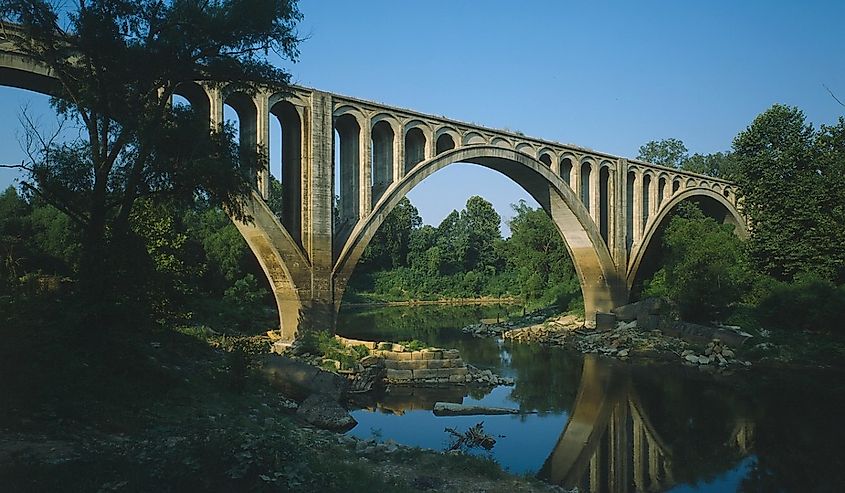
The Big Black River area falls into the humid subtropical climate, as does the rest of the state of Mississippi. This means that, though the area experiences the seasonal cycle, the summers are long and marked with high heat and humidity. The area is also likely to see rainfall and flooding in the lowlands. This rain often comes in major thunderstorms. Known to flood, the Big Black River has been recorded as high as 32.5 feet. The high temperatures continue on into the winter where the weather is generally mild and lacks major snowfall.
Wildlife
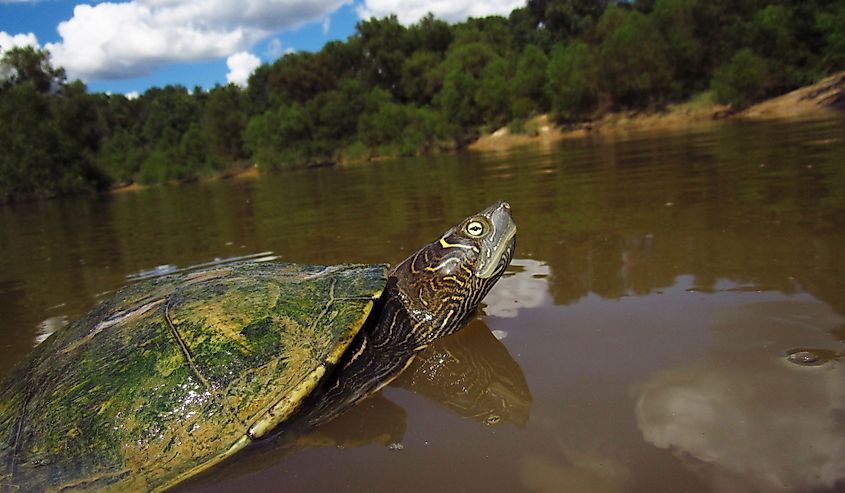
There is a wide variety of plants and animals in the Big Black River area. Many swamp plants and trees call the area home, but there are also many cultivated plants from agriculture. The more common animals found in the area include deer and turkey, which are commonly hunted for sport. Alongside them are rarer mammals like otters, beavers, squirrels, wild hogs, and coyotes, as well as spottings of black bears. There is a large number of ducks in the area that draws hunters to the river. With an abundance of fish in the area, this attracts a sizeable bird population, especially Herons, who breed in the area. Eagles, ospreys, and cormorants also frequent the area. Reptiles and amphibians also call the area home but are in decline due to agricultural pollutants, as they are both sensitive to pollution in the river.
A Brief History
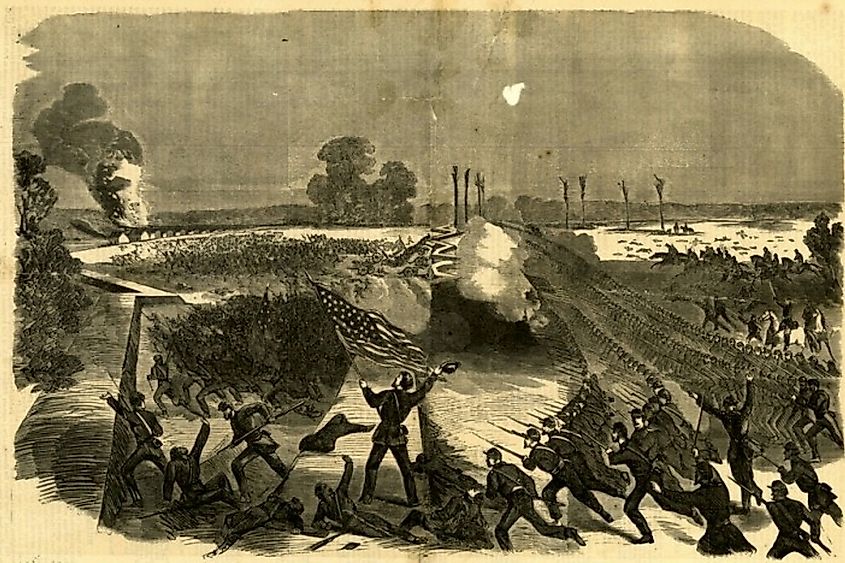
There are numerous prehistoric habitation sites along the river, but most of the river's history occurs during the American Civil War in 1863. During the Vicksburg Campaign, where Union General Ulysses S. Grant dueled with Confederate General John C. Pemberton over the Vicksburg area, the Union army defeated the Confederates at the Battle of Champion Hill, sending them retreating. As the Confederates ran, Grant hotly pursued them as they retreated to Vicksburg. The Confederates had to cross the Big Black River to make it to Vicksburg and Pemberton chose to leave 5,000 soldiers on both banks of the Big Black River to hold off the Union army and buy time for their retreat. Soon, a Union force of 2,500 soldiers met the Confederates at the Big Black River. The battle was soon engaged and one of the Union brigades broke through the Confederate line, sending them into another retreat and capturing many of their cannons, bringing the Union army another victory. The battle is still remembered today and a portion of the battlefield is held by the American Battlefield Trust.
Economy
The area around the Big Black River was once home to many logging companies, seeking the wide variety of timber in the area. However, most of these companies have long since left the area and many of the former logging grounds have become nature preserves and hunting grounds. Agriculture is also very common in the area, with the pollutants from agricultural runoff commonly making their way into the Big Black River. The area is also popular with hunters who seek the plentiful game in the area and with real estate companies who are seeking to turn the area into official hunting grounds.










